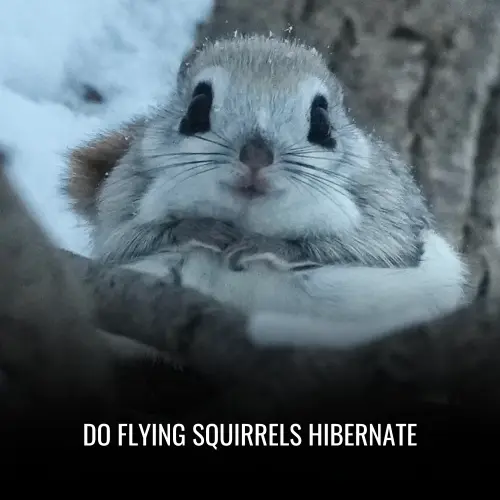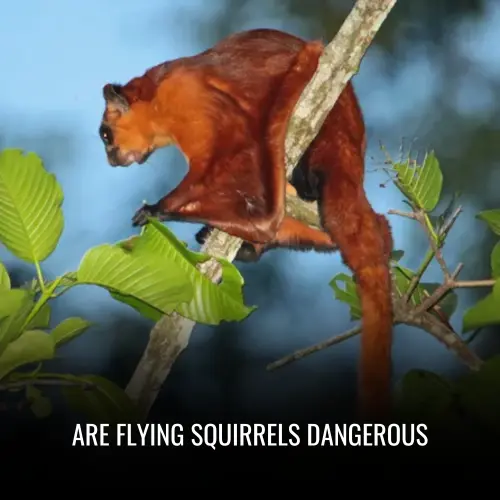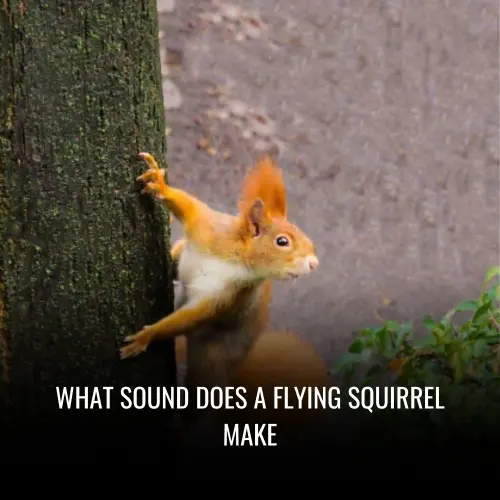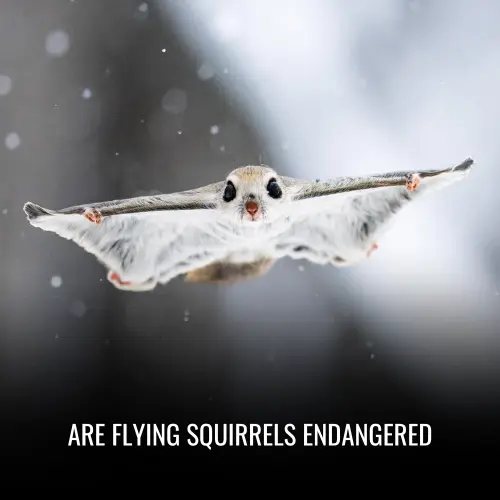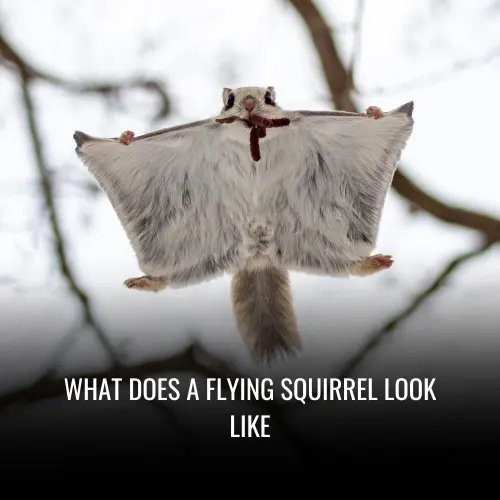Do Flying Squirrels Fly
Flying squirrels are not capable of true flight like birds or bats, but they can glide over long distances. They use their fluffy tail, limbs, and muscles to make sharp turns and even do semi-circle glides in the sky. They have a special membrane between their front and back legs that allows them to glide through the air between trees.
By launching themselves from a high branch and spreading out their limbs, they can cover more than 150 feet in a single glide. They use slight movements of their legs to steer and their tails to act as a brake when reaching their destination.
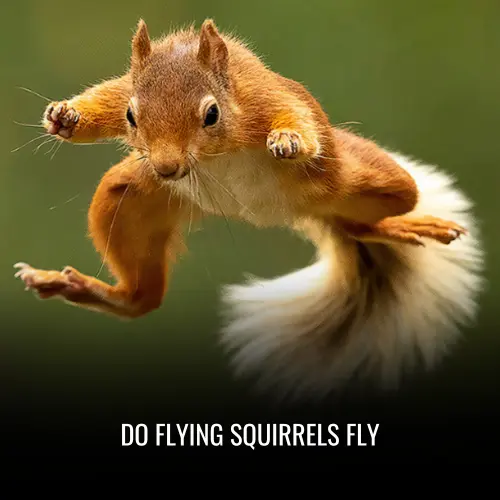
Why Do Flying Squirrels Fly
Flying squirrels fly and are active at night primarily to avoid predators. By taking to the air, they can escape from ground-dwelling predators such as snakes. Additionally, flying squirrels are well adapted for nocturnal activity, with large eyes that allow them to see well in low light conditions. Flying also allows them to access food sources that may be harder to reach on the ground.
How Do Flying Squirrels Fly
Flying squirrels have a unique ability to glide from one place to another. They do not fly in the traditional sense but instead use a furry membrane called the patagium to glide. This membrane is spread between their front and back legs, allowing them to catch the air and glide through the trees. Their flattened tails act as stabilizers, helping them stay balanced while in the air, similar to an airplane’s tail.
While they cannot actively fly, they can control their gliding distance by steering with their tails. Their wings, though not capable of powered flight, provide lift and allow them to travel through the air. The curled flaps on their patagium help decrease drag and assist in controlling and stabilizing their gliding motion.
Additionally, flying squirrels have large eyes that aid their vision in low light conditions, as they are primarily nocturnal animals.
How Fast And How Far Can A Flying Squirrel Fly
Flying squirrels have impressive gliding abilities, capable of gliding up to 150 feet without touching land, and even reaching distances of up to 500 feet. They can glide at an average speed of 30mph, with top speeds reaching 35mph. In level flight, they can reach speeds of 15 miles per hour.
They have the ability to ascend 90 feet and glide from heights of 60 feet. Their descent angles can be as steep as 45 degrees, and they use their tails for control and stability during landing. They can also make 180-degree turns in midair to avoid predators on the ground and in the air, such as owls.
It’s important to note that flying squirrels are distinct from regular tree and ground squirrels, and they have unique adaptations for gliding.
FAQs
Yes, flying squirrels are mainly active at night, which allows them to avoid predators. They have large eyes that are adapted for low light conditions, and they rely on their keen sense of hearing and smell to navigate and find food in the dark.
Flying squirrels are omnivorous and will eat a variety of foods, including nuts, seeds, fruits, insects, and even bird eggs. They are opportunistic feeders and will take advantage of whatever food is available in their habitat.
In many places, it is illegal to keep a flying squirrel as a pet. Additionally, flying squirrels have complex needs and are not typically suited to live in captivity. It is best to appreciate these animals in their natural habitat.
While some species of flying squirrels are of conservation concern due to habitat loss and fragmentation, they are not considered endangered as a whole. However, it is important to protect their forest habitats to ensure their continued survival.
Conclusion
In conclusion, while flying squirrels are not able to fly in the same way as birds or bats, they are able to glide through the air using a fold of skin between their front and back legs. This enables them to travel long distances and maneuver through the forest canopy with ease.
Research has shown that flying squirrels are skilled and agile gliders, allowing them to avoid predators and access food sources in their natural habitat. The unique adaptations of flying squirrels allow them to thrive in their environment and showcase the diversity of the animal kingdom.
Despite not being able to fly in the traditional sense, the gliding abilities of flying squirrels are a remarkable feat of evolution that has allowed them to carve out a successful niche in the wild.

